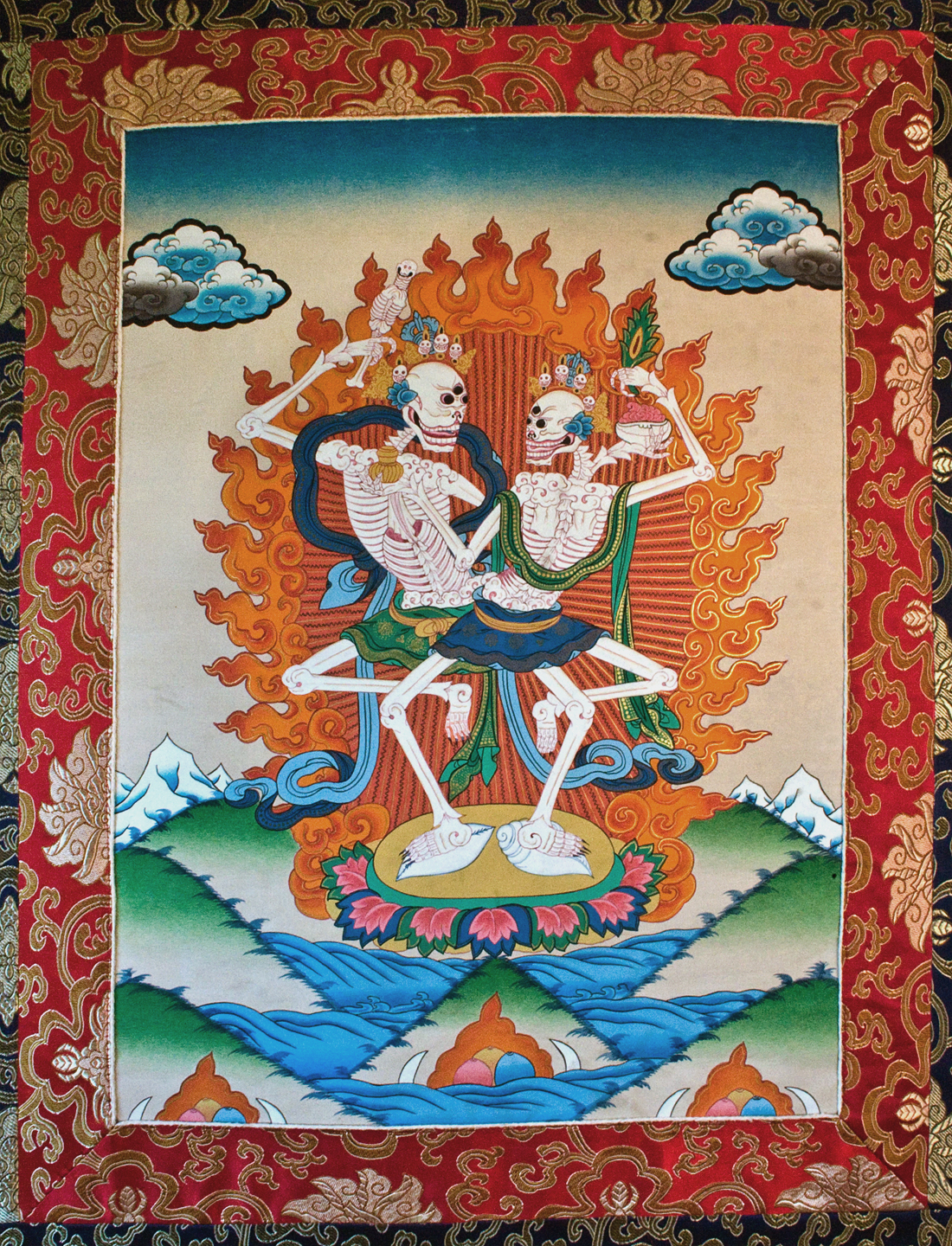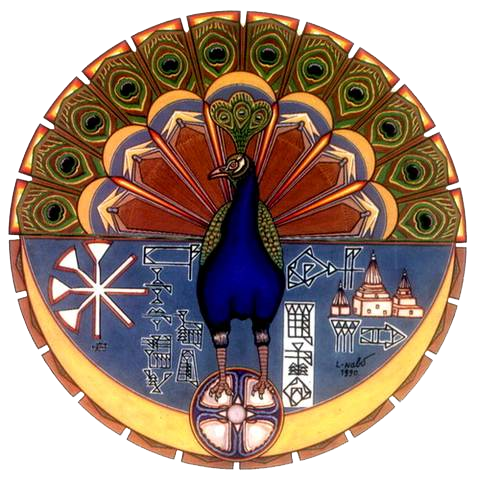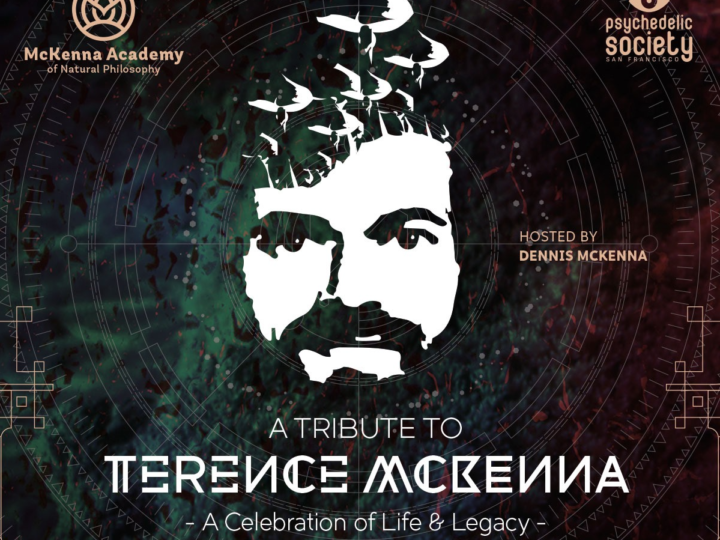
Timothy Leary and the Bardo
The following is “The Psychedelic Book of the Dead,” a scholarly paper on Timothy Leary, the Tibetan Book of the Dead, and bardo lore within the counterculture that I published in Nova Religio: The Journal of Alternative and Emergent Religions, Volume 21, Issue 3, pages 47–73.
I also gave a talk on this material for Morbid Anatomy.
ABSTRACT: In 1964, Timothy Leary and a few colleagues published The Psychedelic Experience, a manual for “tripping” explicitly based on The Tibetan Book of the Dead. At the core of the Tibetan materials lies the concept of the bardo, the “in between” realm of the afterlife. While acknowledging the problematic nature of Leary’s radical appropriation, this essay argues that his application of these materials to the orchestration and regulation of psychedelic experience reflected a productive reframing of the phantasmagoria common to strong psychedelic experience. Using tools of comparative religion and secular psychology, Leary constructed a model of psychological transformation that rejected religious or transcendental meaning while creatively expanding the bardo concept already evident in Tibetan Buddhism.
DavisBardoNovaReligio (PDF)




